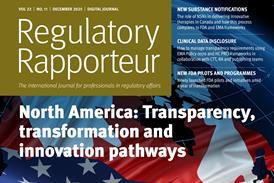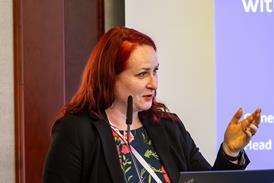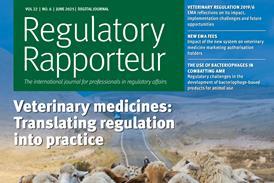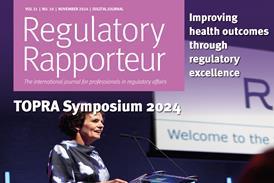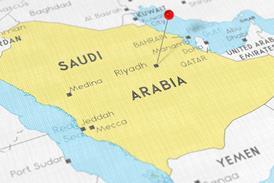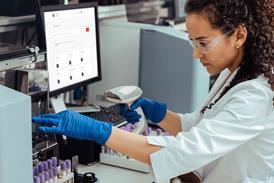Borderline products and self-care in the digital age

Borderline products, which straddle multiple regulatory categories, pose significant challenges in the UK’s digital healthcare landscape. This article examines the complexities of classifying these products, particularly Software as a Medical Device (SaMD).
As software becomes integral to daily life and self-care, distinguishing between general health apps and those qualifying as medical devices is increasingly critical. There are several factors to consider when developing apps that might qualify as medical devices. In addition, even if apps are unlikely to be classified as a SaMD, they may still need to comply with other regulations.
The increased use of SaMDs, including diagnostic tools and health monitoring apps, underscores the need for adaptable regulatory frameworks to match technological advancements. Effective classification demands interdisciplinary collaboration and expertise to navigate evolving trends and ensure safety and efficacy. By addressing these challenges, we can leverage digital health innovations to enhance self-care while maintaining rigorous industry standards.
How to read this journal article
Thank you for visiting Regulatory Rapporteur. Journal articles are restricted to TOPRA members and registered users.
If you are a TOPRA member, or have already registered for limited free access, log in now (Option 1 below).
Not yet a member? You can either join TOPRA (Option 2 below) or register to view limited content for free (Option 3 below).



